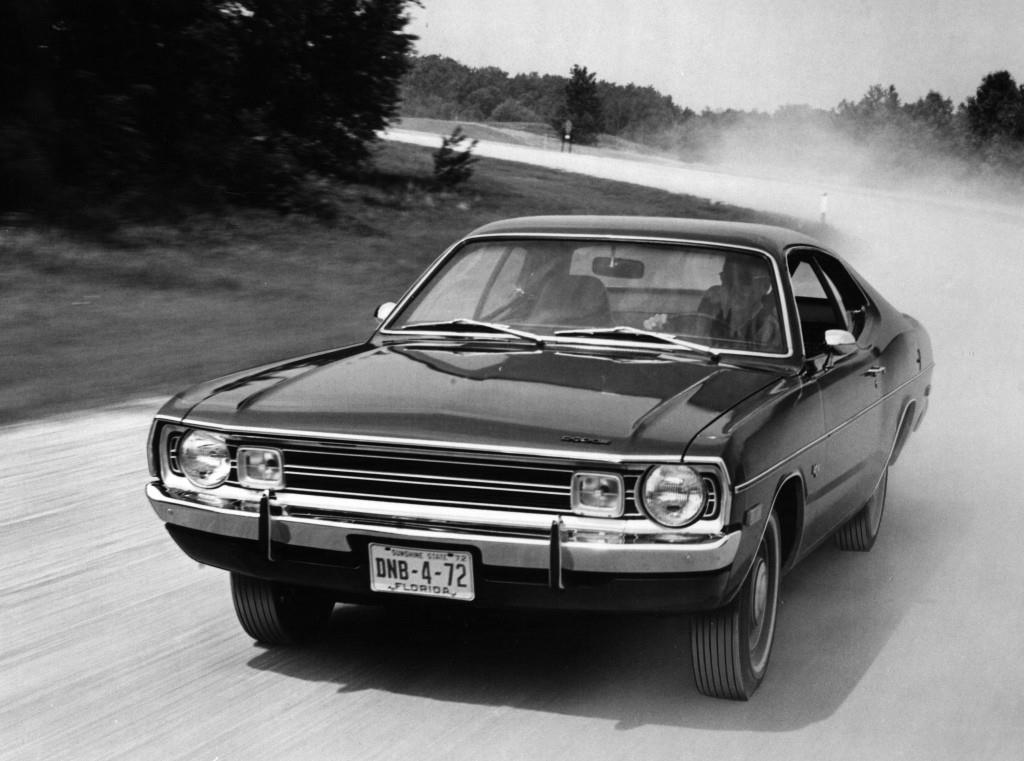
If you're thinking of buying an antique or classic car, it is important to understand that they are much older than their antique counterparts. They are all modified, which means they lose some value. Vintage cars require special insurance to maintain their value. Find out what classic and antique cars have in common. Below are some of their differences. Remember that antique cars are more rare than vintage cars.
Vintage cars are usually older than antique cars
Most organizations consider vehicles manufactured between 1919-1930 vintage. These cars can be found in a wide range of vintage models, which are often older than forty years. The 1929 Hudson 7 Roadster, and the 1920 Rolls Royce Phantom Limousine are two of the most popular vintage cars. These cars are loved for their unique looks, retro driving experience, historic status, and distinctive appearance. These cars are not as old as antique cars, but they are still very modern.
Although age is a major determining factor when defining vintage vehicles, not all cars will be classified as vintage. Different groups have different criteria for what qualifies as a vintage automobile. Some groups define an antique car to be at least twenty years old while others put the cut-off at 1995. However, age doesn't necessarily indicate if the car has been modified. These distinctions are vital because they assist buyers in deciding how much to spend for a vintage vehicle.

They can be modified
While "antique", the term "classic," and "antique", are often used interchangeably with each other, there are significant differences between the two. While some classifications overlap, they are still separate, with the primary difference being age. These classifications can affect many aspects of owning or driving a car, such as the registration and insurance rates. Different states also have their own registration and titling rules. Texas is an example of this. To purchase an antique vehicle in Texas you will need to undergo a safety inspection, meet emission regulations and pay sales tax.
It is not uncommon for vintage and antique vehicles to overlap. While the terms are often interchangeable, the cutoff date for classic cars varies according to state and car insurance. These categories cover vehicles manufactured between 1919-1930. Many consider 1925 to be the cutoff. Many modified cars fall within the "classic", including street-rods and customized vehicles. Exotic cars are also considered vintage.
They lose value if they are modified
Car owners love to personalize their cars. However, modified vehicles lose their value. Modifications can be considered "customizing," but they are not an investment. You won't get the entire price of the parts if the person who buys the car doesn't want to pay it. Do not expect to get your money back, even if you decide you want to sell.
They will need to have special insurance
The type of antique or classic car will affect the insurance needs. Although many insurers provide coverage, not all do. Some are limited to auto clubs and special car shows. Others require that your vehicle is stored in an enclosed location. Some also require that you maintain a clean driving history. You should make sure you have the right type of insurance for your antique or classic vehicle. These are some important points to keep in your mind.

Special coverage will be required for restoration of antique and classic cars. Classic and antique cars are often considered antique. For coverage to apply, cars must be restored to the factory condition. Some providers will cover cars that are in need of restoration. In determining eligibility, value is the most important consideration. Some carriers require that the car be at least 25 years old. Insurance providers will ask for high-quality restoration photographs to determine if the vehicle meets the requirements for coverage.
FAQ
What qualifications are necessary to become a truck driver mechanic?
While you may not have the formal qualifications to perform this job, your skills are well-rounded in working on engines and trucks. Your experience is valuable because it allows you to diagnose problems quickly, efficiently and effectively.
A solid understanding of diesel technology is also a plus. This will help you understand the components that are needed to fix our vehicles.
What is the difference?
These two jobs are very similar but not identical. A mechanic repairs cars and an automotive technician performs maintenance.
A mechanic should be able to do simple tasks quickly and have good manual dexterity. They should be able to accurately diagnose problems and repair them efficiently.
An automotive technician needs to be more technically skilled than a mechanic. They must be capable of reading blueprints and using tools such as drills, wrenches, etc.
They must also be able perform complex procedures safely. They need to be familiar with various types of engines and electrical system.
They must also be able to understand how various parts interact with each other.
This means that mechanics usually make less money than automotive technicians. However, both careers offer great opportunities.
What is the length of an apprenticeship as an automotive mechanic?
A three-year apprenticeship in automotive mechanics takes. This includes two year at school as well as two years as an apprenticeship. The first year is used to learn all aspects of the trade including safety procedures and theory. You will also learn to use tools efficiently and safely during this period. After completing the first year, you'll then spend another year on-the-job training where you'll gain experience in different areas of the trade. These periods will also give you the chance to take formal courses.
The last year of the program is dedicated to gaining certification and qualifications in the field. These include NVQs (National Vocational Qualifications), that are given after passing specific industry exams. There are also HNCs (Higher National Certificates), which cover general subjects like management, business administration, customer service, and more. Finally, there are City & Guilds certificates that are offered for those who wish to become qualified in certain trades.
How do I prepare to be a mechanic apprentice?
It is vital to be able to comprehend what you are doing. You should be familiar with the mechanics of cars, and how they work. This will help you to plan your first day in the garage.
You should also know how to fix common problems such as tires or broken lights.
This will teach you how to diagnose problems and fix them yourself.
For the purpose of putting them back together again, you'll need to be able to identify how each piece fits together.
Finally, it is important to know how tools can be used safely and efficiently.
All these aspects will help you become a competent technician.
What do I need to know about car mechanics?
You don't need to know anything about cars to work as an auto mechanic. You only need to know how to fix them. That's why most people start doing jobs like fitting brake pads or changing tires before progressing to more complex repairs.
You need to be able read and comprehend diagrams, follow written instructions and adhere to basic principles of good practice. You must also be able judge if parts need to replaced or repaired.
You should not attempt to fix vehicles without proper training and guidance. This is especially true when you are dealing with costly components like engines and transmissions.
In fact, even though you won't need to know much about cars, you will need to thoroughly know the basics of mechanical engineering and physics. This means understanding the principles behind how engines work and how brakes function.
You should also be ready to handle all kinds of situations. For example, you may find yourself working on a vehicle that has been involved in a serious accident. Also, you'll need to be familiar with dealing with accidents or breakdowns.
Finally, you need to be willing and able to quickly learn new skills. In order to be able diagnose and fix problems, you will also need to know how to do simple maintenance tasks such tightening bolts.
Statistics
- 52% of Mechanics in the United States think their salaries are enough for the cost of living in their area. (indeed.com)
- Apprentice mechanics earn significantly less hourly than mechanics who have completed training, with a median wage of approximately $14.50 an hour, according to PayScale. (jobhero.com)
- According to the BLS, total auto technician employment is expected to exceed 705,000 by 2030. (uti.edu)
External Links
How To
How to properly diagnose and repair your vehicle
You should first examine the symptoms your car is showing to determine if it requires repairs. These steps will help you diagnose your car properly.
-
Check engine lights. Make sure to check all dashboard indicators like the engine light indicator (oil pressure gauge), the battery indicator (battery light indicator), and the RPM indicator (rpm gauge). If any of them have been flashing for several days, it may mean something is wrong with your vehicle.
-
Pay attention to the treads on your tires. Tire wear can lead to problems in handling and brake performance. It is also important to inspect the wheel treads. They should be clean and smooth. It is best to take off the wheels and remove them. Check the tread condition with a flashlight.
-
Pay attention to the level of your brake fluid. You must always monitor the level of your brake fluid. This helps ensure that your brakes operate properly. If the brake fluid level is low, your brakes might fail when you apply pressure to them.
-
Test the suspension system. It is common for vehicles to have a suspension system which absorbs shocks or vibrations. It improves control and allows for smoother accelerations or decelerations. A suspension problem can cause your vehicle to feel wobbly and shake uncontrollably. To determine whether your vehicle may have a suspension issue, you can try to put weight on the rear or front axle and watch the movement.
-
Examine the steering wheel. Steering columns are used to connect the steering wheel to the rest of the vehicle's components. Accidents often damage steering columns. You should replace the steering column if it is loose or weak.
-
Pay close attention to the exhaust tube. Exhaust pipes help move gases from the combustion chamber to the atmosphere. You can let harmful fumes into your home if your exhaust pipes crack or leak. You should also fix any bent tailpipes immediately.
-
Take a look at the underside of your hood. To check for unusualities, look under the hood. Fluids could be leaking from your engine. In addition, if you notice an unusual smell coming from your engine compartment, you should contact a professional technician.
-
It is important to inspect the air filter. The vehicle's outside environment may cause the air filter to collect dust and debris. Your vehicle will run less well if it has a dirty filter. Replace your air filter regularly.
-
Verify the fan belt. The fan belt is the link between the engine and the transmission. If the fan belt is damaged, the engine won’t turn. The process of replacing the belt is straightforward. All you need is a screwdriver and some pliers.
-
The radiator hose and hoses should be checked. The radiator-hose carries water to the engine. It can crack or become damaged and leak hot liquid onto an engine. To repair the leaky hose, all you need is a pair if needle-nosepliers.
-
The windshield wipers should be checked. Windshield wipers use electricity to clean away snow and rain. If they stop working, they could leave streaks on your window glass. To fix the problem, simply change the washer fluid.
-
The battery cables should be checked. The batteries provide power to the electrical systems within your car. Make sure you disconnect the negative cable before replacing batteries. Failure to do so can damage your alternator.
-
Make sure your headlights are working properly. The headlights provide illumination for the road ahead. They can make it difficult to see if they stop working. To check if the bulbs have gone out, you can inspect them.
-
Pay attention to the lights. If you approach other drivers at night, lights will warn them. It could cause distraction and even lead to an accident if it doesn't work.
-
Inspect your brakes. Brakes will reduce the speed of your car in case of an accident. If the brakes fail to work correctly, your car could lose control and collide with another vehicle.
-
Make sure to change the oil. Oil keeps your engine lubricated. It protects metal parts and prevents them from wearing too quickly. It is recommended to change the oil each month.